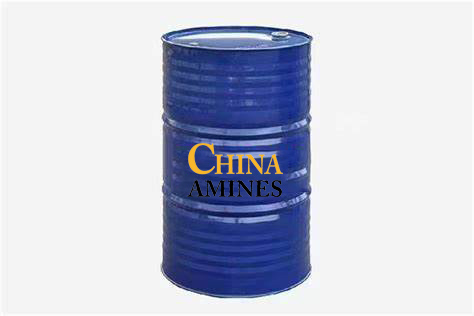1. Chemical Structure and Properties
Molecular Formula: C₆H₁₄O₂
Structural Formula:
CH₃CH₂CH₂OCH₂CH(OH)CH₃
A branched ether-alcohol derived from propylene glycol, with a propyl ether group and a hydroxyl group.
Physical Properties:
Appearance: Clear, colorless liquid with a mild ether-like odor.
Boiling Point: 160–165°C; Density: 0.89–0.91 g/cm³; Vapor Pressure:<0.1 mmHg at 25°C.
Solubility: Miscible with water, alcohols, and most organic solvents; moderate hydrocarbon compatibility.
Chemical Properties:
Hydrophilic-Lipophilic Balance (HLB): ~4.5, offering balanced solvency for polar and non-polar compounds.
Hydrolysis Resistance: Stable under neutral conditions; hydrolyzes slowly in strong acids/bases.
Flammability: Combustible (flash point: ~60°C).
2. Industrial Applications
Coatings & Inks:
High-Boiling Solvent: Enhances flow and leveling in waterborne paints, UV-curable inks, and epoxy coatings.
Coalescing Agent: Improves film formation in latex-based adhesives.
Cleaning Products:
Industrial Degreaser: Effective in removing oils, greases, and resins from metal and plastic surfaces.
Personal Care:
Cosmetic Solvent: Carrier for fragrances and active ingredients in lotions and creams.
Chemical Synthesis:
Intermediate: Produces plasticizers, surfactants, and agrochemical formulations.
3. Safety and Toxicology
Health Hazards:
Acute Exposure:
Skin Contact: Mild irritation (rabbit skin LD₅₀: >2,000 mg/kg); prolonged exposure may cause defatting.
Inhalation: Low volatility minimizes risk (TLV-TWA: 10 ppm recommended); aerosolized mists may irritate the respiratory tract.
Ingestion: Low toxicity (oral LD₅₀ rat: >5,000 mg/kg).
Chronic Effects:
Reproductive Toxicity: No teratogenicity observed in OECD 414 studies.
Organ Toxicity: Negligible hepatotoxicity or nephrotoxicity in subchronic rodent studies.
Protection Measures:
PPE: Nitrile gloves, safety goggles, and adequate ventilation.
Storage: Stable in HDPE containers; store away from strong oxidizers.
4. Environmental and Regulatory Compliance
Environmental Impact:
Aquatic Toxicity: LC₅₀ (fish, 96h): >100 mg/L; EC₅₀ (daphnia): >50 mg/L.
Biodegradability: Readily biodegradable (OECD 301F: >60% in 28 days).
Persistence: Low bioaccumulation potential (log Kow: 1.2).
Regulatory Frameworks:
EU:
CLP Regulation: Not classified as hazardous; REACH-registered.
USA:
EPA: Exempt from VOC regulations under 40 CFR 51.100(s)(1); TSCA-listed.
China:
GB 13690-2009: Classified as General Chemical (non-hazardous).
Waste Management:
Incinerate in approved facilities; wastewater treatment via activated sludge.
5. Case Studies and Application Insights
Case 1: Sustainable Automotive Coatings (PPG Industries, 2023):
Application: Replaced 20% of ethylene glycol ethers with PGPE in waterborne primers.
Result: Achieved 25% lower VOC emissions while maintaining adhesion and corrosion resistance.
Case 2: Precision Electronics Cleaning (TSMC, 2022):
Process: PGPE-based cleaner removed flux residues from 5nm-node semiconductor wafers.
Efficiency: Reduced solvent consumption by 30% through closed-loop recycling.
Comparative Analysis:
PGPE vs. Ethylene Glycol Monobutyl Ether (EGBE):
Pros: Lower toxicity, better biodegradability, and reduced regulatory restrictions.
Cons: Higher viscosity (12 mPa·s vs. 3 mPa·s) limits use in low-viscosity formulations.
Specifications:
Propylene Glycol Propyl Ether (PGPE) is a versatile solvent with excellent solubility, low toxicity, and high stability, ideal for use in paints, coatings, and industrial applications, available at competitive pricing from China Amines Co.


